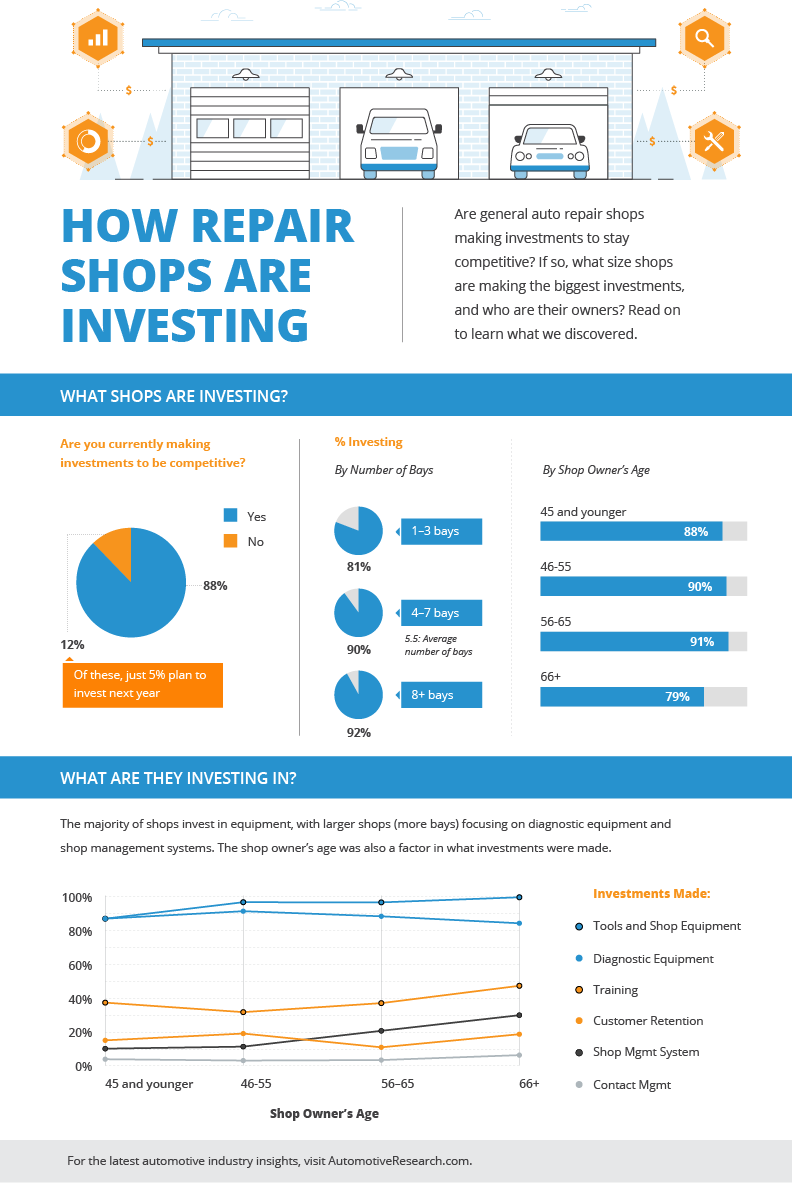Wondering About The Significance Behind Those Dashboard Warning Lights? Gain Insights Right Into Their Implications For Your Vehicle'S Safety And Security And Maintenance
Wondering About The Significance Behind Those Dashboard Warning Lights? Gain Insights Right Into Their Implications For Your Vehicle'S Safety And Security And Maintenance
Blog Article
https://brakeshopnearme38382.buyoutblog.com/29997516/want-to-check-out-the-globe-of-car-outlining-materials-reveal-the-essential-tools-and-professional-suggestions-that-will-certainly-take-your-detailing-skills-to-the-next-degree-as-a-novice -Hartley Forbes
When you're behind the wheel, those radiant warning lights on your control panel can be a bit perplexing. Do you know what they're attempting to tell you about your car's wellness? Recognizing the significance of these lights is important for your security and the long life of your vehicle. So, the next time one of those lights appears, wouldn't you intend to decode its message properly and take the essential steps to address it?
Common Warning Lights and Interpretations
Identify typical caution lights in your car and comprehend their significances to ensure risk-free driving.
The most typical caution lights include the check engine light, which signals issues with the engine or exhausts system. If mobile detailing service near me begins, it's crucial to have your vehicle examined without delay.
The oil pressure alerting light suggests low oil stress, requiring instant interest to avoid engine damages.
cargroomingbotany blinking battery light could suggest a malfunctioning billing system, possibly leaving you stranded otherwise attended to.
The tire pressure monitoring system (TPMS) light signals you to reduced tire pressure, impacting lorry stability and gas effectiveness. Ignoring this can result in unsafe driving problems.
The ABS light indicates a trouble with the anti-lock stopping system, compromising your ability to stop quickly in emergency situations.
Lastly, the coolant temperature level alerting light warns of engine getting too hot, which can lead to serious damages if not fixed swiftly.
Comprehending these common caution lights will aid you attend to issues without delay and preserve risk-free driving conditions.
Importance of Prompt Interest
Comprehending the common caution lights in your vehicle is only the very first step; the value of without delay attending to these cautions can't be stressed enough to guarantee your safety when traveling.
When clicking here illuminates on your dashboard, it's your automobile's way of communicating a potential problem that requires attention. Overlooking these warnings can lead to a lot more serious troubles in the future, jeopardizing your safety and possibly costing you a lot more in repairs.
Motivate focus to advising lights can stop failures and mishaps. For example, a blinking check engine light can indicate a misfire that, if left ignored, might cause damage to the catalytic converter. Resolving this promptly can save you from an expensive repair.
Likewise, a brake system cautioning light could signal low brake liquid or used brake pads, essential elements for your safety when driving.
Do It Yourself Troubleshooting Tips
If you notice a caution light on your dashboard, there are a few DIY fixing ideas you can try before looking for expert aid.
The initial step is to consult your vehicle's handbook to recognize what the particular caution light shows. Often the problem can be as straightforward as a loosened gas cap causing the check engine light. Tightening up the gas cap may fix the trouble.
Another typical concern is a low battery, which can set off different cautioning lights. Inspecting the battery links for deterioration and ensuring they're safe could deal with the issue.
If a caution light lingers, you can attempt resetting it by disconnecting the cars and truck's battery for a couple of mins and after that reconnecting it. In addition, examining your car's liquid levels, such as oil, coolant, and brake liquid, can aid troubleshoot warning lights related to these systems.
Conclusion
To conclude, comprehending your automobile's warning lights is essential for maintaining your vehicle running efficiently and safely. By quickly resolving these notifies and understanding what they mean, you can stay clear of costly repair work and potential failures.
Keep in mind to consult your auto's guidebook for certain information on each alerting light and do something about it as necessary to make sure a trouble-free driving experience.
Keep informed, remain risk-free when traveling!
